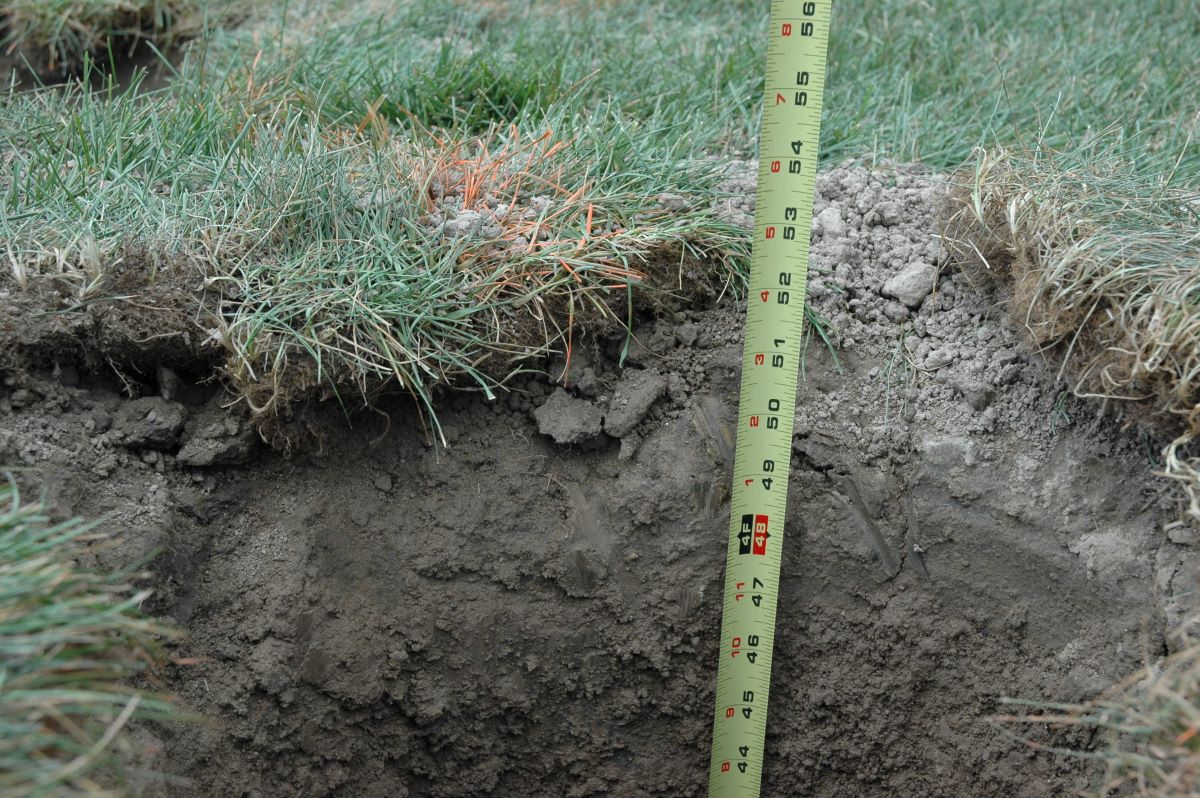

Articles
How Deep To Dig For Fence Post
Modified: May 6, 2024
Learn how deep to dig for fence post installation with our informative articles. Find expert tips and advice on ensuring stability and durability for your fence.
(Many of the links in this article redirect to a specific reviewed product. Your purchase of these products through affiliate links helps to generate commission for Storables.com, at no extra cost. Learn more)
Introduction
When it comes to installing a fence, one crucial aspect to consider is how deep to dig for the fence post. This is a vital step that will determine the stability and longevity of your fence. Digging the correct depth will ensure that your fence remains upright and can withstand various weather conditions.
While there are some general guidelines to follow, the depth at which you should dig ultimately depends on several factors. These include the type of soil in your area, the type of fence you are installing, the type of post you are using, and the climate and weather conditions.
In this article, we will explore these factors in detail and provide you with the necessary information to determine how deep to dig for your fence post. By understanding these factors and following the recommended digging depth guidelines, you can have a sturdy and reliable fence that will stand the test of time.
Key Takeaways:
- Digging the appropriate depth for your fence post is crucial for stability and longevity. Factors like soil type, fence type, and climate all play a role in determining the digging depth. By considering these factors and following guidelines, you can ensure a secure and durable fence.
- Different soil types require different digging depths. Dry and stable soil may need a depth of 1/3 to 1/2 the height of the above-ground portion of the post, while soft and sandy soil may require a deeper hole for stability. Wet and clayey soil needs special attention, and rocky soil presents its own challenges.
Read more: How To Dig A Hole For Fence Post
Factors to Consider
Before starting the digging process, it’s essential to take several factors into consideration to determine the appropriate depth for your fence post. These factors will help you ensure stability and durability for your fence. Let’s delve into these considerations:
- Soil Type: The type of soil in your area is a significant factor in determining the digging depth. Different soil types have different levels of stability and drainage capabilities. Sandy or loamy soil may require digging deeper since it tends to be less compact and more prone to shifting. On the other hand, clay or rocky soil may provide more stability, requiring a lesser depth. Understanding your soil type will help you determine the appropriate depth for your fence post.
- Fence Type: The type of fence you plan to install also plays a role in determining the digging depth. Different fence types have varying levels of weight, wind resistance, and structural requirements. For example, a lightweight vinyl picket fence may not require as deep a hole as a heavy-duty wooden privacy fence. Consider the specific demands of your fence type to ensure adequate depth for stability.
- Post Type: The type of post you plan to use influences the digging depth. For instance, wooden posts generally require deeper holes for better stability. Metal or vinyl posts, on the other hand, may have specific manufacturer recommendations for digging depth. Consult the post manufacturer’s guidelines to ensure the proper depth for your chosen post material.
- Climate and Weather Conditions: The climate and prevailing weather conditions in your area are a crucial consideration. If you live in an area prone to strong winds or extreme weather events, it’s important to dig the fence post deeper to provide sufficient support against these forces. Harsh weather conditions can exert significant pressure on your fence, so plan your digging depth accordingly.
By taking these factors into account, you can make an informed decision about how deep to dig for your fence post. Remember that it’s always better to err on the side of caution and dig a bit deeper to ensure the stability and longevity of your fence.
Soil Type
The type of soil in your area is a critical factor to consider when determining the appropriate depth for digging your fence post. Soil can vary significantly in terms of composition, drainage capabilities, and stability. Understanding the characteristics of your soil type will help you make an informed decision about how deep to dig. Here are a few common soil types and their considerations:
- Dry and Stable Soil: If your soil is well-drained and has a high level of stability, you may be able to dig a shallower hole for your fence post. However, it’s still important to ensure that the post is firmly anchored in the ground to maintain stability.
- Soft and Sandy Soil: Sandy soil is lightweight and tends to shift more easily. If you have sandy soil, it is generally recommended to dig a deeper hole for the fence post to provide better stability. A depth of at least 1/3 to 1/2 the height of the above-ground portion of the post is often recommended for sandy soil.
- Wet and Clayey Soil: Clay soil has excellent stability but can become heavy and compact when wet. If you have clayey soil, it’s important to take into account the potential for water retention. Digging a slightly deeper hole can help accommodate for the increased weight and ensure stability during wet conditions.
- Rocky Soil: Rocky soil presents its own challenges when it comes to digging for fence posts. If there are large rocks or boulders in the ground, it may be difficult to dig deep enough for proper post installation. In such cases, consider using specialized equipment or adjusting the fence design to work around the rocky obstacles.
It’s important to note that soil conditions can vary even within a relatively small area. If you’re unsure about your soil type or its characteristics, consider consulting a professional who can assess the soil and provide guidance on the appropriate digging depth for your fence post.
By considering the soil type in your area, you can ensure that you dig the appropriate depth for your fence post, providing stability and longevity for your fence.
Fence Type
Another essential factor to consider when determining the depth for digging your fence post is the type of fence you plan to install. Different fence types have varying requirements in terms of weight, wind resistance, and overall structural demands. Understanding the specific needs of your fence type will help you determine the appropriate digging depth. Here are a few common fence types and their considerations:
- Wooden Fence: Wooden fences are popular for their natural beauty and versatility. However, they can be heavier than other types of fences, especially if they are designed for privacy. As a general guideline, it is recommended to dig a hole depth that is 1/3 to 1/2 the height of the above-ground portion of the post for a wooden fence. This depth will provide the necessary stability to support the weight of the fence.
- Chain Link Fence: Chain link fences are known for their durability and affordability. While they are generally lighter than wooden fences, they still require adequate support. The depth for digging the post holes for a chain link fence can vary, but a depth of around 2 feet is often recommended to ensure stability.
- Vinyl Fence: Vinyl fences are low-maintenance options that offer both privacy and aesthetic appeal. These fences tend to be lighter in weight compared to wooden fences. Depending on the specific manufacturer’s recommendations, the digging depth for vinyl fence posts can range from 1.5 to 2 feet.
- Wrought Iron Fence: Wrought iron fences are known for their elegance and timeless beauty. These fences can be quite heavy and require a solid foundation. It is advised to dig a hole depth that is about 1/3 the height of the above-ground portion of the post to ensure stability and support.
It’s important to consult the specific manufacturer’s guidelines for your chosen fence type to determine the recommended digging depth. These guidelines will provide insight into the best practices for ensuring stability and longevity for the fence.
By considering the specific requirements of your fence type, you can determine the appropriate depth for digging your fence post, allowing your fence to stand strong and secure for years to come.
Post Type
The type of post you choose for your fence also plays a significant role in determining the appropriate depth for digging. Different post materials have varying strength and stability characteristics, which can impact the required digging depth. Here are a few common post types and their considerations:
- Wooden Posts: Wooden posts are a popular choice for their natural look and versatility. They are generally heavier and require more substantial support. As a general guideline, it is recommended to dig a hole depth that is 1/3 to 1/2 the height of the above-ground portion of the post for wooden posts. This depth provides stability and ensures that the post is securely anchored.
- Metal Posts: Metal posts, such as steel or aluminum, offer strength and durability. They are lighter in weight compared to wooden posts and typically have specific manufacturer recommendations for digging depth. These recommendations can vary depending on the specific post design and the type of fence being installed. It is essential to consult the manufacturer’s guidelines to ensure the proper digging depth for metal posts.
- Vinyl Posts: Vinyl posts are lightweight and highly durable. They are designed to fit into pre-drilled holes or to be mounted onto a concrete base. The recommended digging depth for vinyl posts can range from 1.5 to 2 feet, depending on the specific manufacturer’s instructions. Following the manufacturer’s guidelines will help ensure stability and longevity for your vinyl fence.
- Composite Posts: Composite posts combine the benefits of wood and plastic materials. They offer the aesthetic appeal of wood and the durability of plastic. The digging depth for composite posts is generally similar to that of wooden posts, taking into consideration the weight and stability requirements.
It’s crucial to refer to the specific manufacturer’s instructions and guidelines for your chosen post type. These guidelines will provide you with the recommended digging depth to ensure proper installation and stability.
By considering the requirements and recommendations of your chosen post type, you can dig the appropriate depth for your fence post, providing the necessary support for a stable and secure fence.
Read more: How Deep Do Fence Posts Need To Be
Climate and Weather Conditions
The climate and prevailing weather conditions in your area play a significant role in determining the depth for digging your fence post. It’s important to take these factors into consideration to ensure that your fence can withstand the elements and remain stable in various weather conditions. Here are a few points to consider:
- Strong Winds: If you live in an area prone to strong winds, such as coastal regions or open plains, it’s crucial to dig your fence post deeper to provide sufficient support against the wind. The deeper the post, the better it will be able to resist the force of the wind. Consult local building codes or guidelines for recommendations on digging depth in high-wind areas.
- Extreme Weather Events: In areas where extreme weather events, such as hurricanes or heavy snowfall, are common, it’s essential to ensure the stability and strength of your fence. Consider digging the post holes deeper and reinforcing the fence with additional measures, such as braces or sturdy anchors, to withstand these conditions.
- Freezing and Thawing: If you live in an area with frequent freeze-thaw cycles, it’s important to dig the fence post deep enough to prevent it from heaving or shifting due to ground movement. A deeper hole will provide more stability and reduce the risk of damage to your fence during these temperature fluctuations.
- Heavy Rainfall: In areas with heavy rainfall or poor drainage, the soil can become saturated and lead to instability in your fence. Digging the post holes deeper can help ensure that the posts remain secure in these conditions. Additionally, consider incorporating gravel or other drainage solutions to prevent water accumulation around the base of the posts.
It’s advisable to check local building codes, consult with professionals, or speak to experienced contractors in your area to gain insight into the recommended digging depth based on prevalent weather conditions. These resources can provide valuable guidance specific to your region’s climate.
By considering the climate and weather conditions, you can determine the appropriate depth for digging your fence post to ensure its stability and longevity, even during challenging weather events.
When digging for fence posts, aim for a depth of at least one-third of the total post length, with an additional 6 inches for gravel at the bottom for drainage. This will provide stability and support for the fence.
Digging Depth Guidelines
While there are various factors to consider when determining the depth for digging your fence post, there are some general guidelines that can help you get started. These guidelines provide a baseline depth that can be adjusted based on specific factors like soil type, fence type, post type, and weather conditions. Here are some recommended digging depth guidelines:
- Wooden Posts: As a general rule of thumb, it is recommended to dig a hole depth that is 1/3 to 1/2 the height of the above-ground portion of the wooden post. This depth provides adequate stability and ensures that the post is securely anchored in the ground.
- Metal Posts: Metal posts, such as steel or aluminum, often have specific manufacturer recommendations for digging depth. It is essential to consult the manufacturer’s guidelines for the specific post design you are using. These guidelines should provide you with the recommended digging depth based on the weight and structural needs of the post.
- Vinyl Posts: The recommended digging depth for vinyl fence posts typically ranges from 1.5 to 2 feet. However, it’s important to refer to the manufacturer’s instructions to determine the specific depth required for your vinyl posts. Following the manufacturer’s recommendations will help ensure proper installation and stability for your vinyl fence.
- Soil Considerations: Keep in mind that soil type can influence the digging depth. For sandy or loamy soil, it’s generally recommended to dig a deeper hole to provide better stability. On the other hand, clay or rocky soil may require a shallower hole due to their increased stability. Adjust the digging depth based on your particular soil conditions.
- Weather Considerations: In areas prone to strong winds or extreme weather events, consider digging deeper holes to provide additional support for your fence posts. Harsh weather conditions can exert significant pressure on the fence, so a deeper hole can help ensure the stability and durability of your fence.
Remember, these guidelines serve as a starting point to help you determine the digging depth for your fence post. It’s important to assess the specific factors in your environment and consult any manufacturer recommendations or local building codes for the best course of action.
By following these digging depth guidelines and adjusting them based on your unique circumstances, you can ensure that your fence post is properly installed for stability, strength, and longevity.
Dry and Stable Soil
If you have dry and stable soil in your area, you are fortunate as it provides a solid foundation for fence post installation. Dry soil generally refers to well-drained soil that does not retain excessive moisture. Here are some tips for determining the appropriate digging depth in dry and stable soil:
- Assess the Stability: Dry soil is often compact and offers good stability for fence posts. However, it’s important to assess the specific characteristics of your soil. Check for any signs of shifts or loose areas that could compromise the stability of the fence post. If the soil is too loose, consider digging deeper to ensure a secure installation.
- Consider Local Codes and Guidelines: Research local building codes or guidelines to determine if there are any specific requirements for fence post depth in your area. These regulations are typically designed to ensure the structural integrity of fences. Adhering to these guidelines will provide you with the peace of mind that your fence is installed correctly.
- Follow General Guidelines: As a general rule of thumb for dry and stable soil, it is recommended to dig a hole depth that is 1/3 to 1/2 the height of the above-ground portion of the fence post. This depth will provide adequate support and stability for the post.
- Consider Fence Type and Post Material: Take into account the specific requirements of your fence type and post material. For example, if you are installing a heavy wooden fence, you may want to err on the side of caution and dig a slightly deeper hole to ensure maximum stability. Consult manufacturer recommendations for post depth based on the specific materials you are using.
By assessing the stability of your dry soil and following general guidelines, you can determine the appropriate digging depth for your fence post. Remember to consider local codes and guidelines, as well as the requirements of your fence type and post material. With proper installation, your fence will be secure and durable on the dry and stable soil.
Soft and Sandy Soil
If you have soft and sandy soil in your area, it’s essential to take extra precautions when determining the appropriate digging depth for your fence post. Sandy soil is characterized by its loose, granular composition, which can pose challenges in terms of stability. Here are some tips for dealing with soft and sandy soil:
- Consider the Weight of the Fence: Soft and sandy soil may not provide as much stability as denser soil types. When dealing with this type of soil, it’s important to consider the weight of your fence. If you are installing a heavy fence, such as a wooden privacy fence, digging a deeper hole will help provide a solid foundation and prevent the fence from shifting or leaning over time.
- Assess Drainage and Moisture Retention: Sandy soil tends to drain quickly and may not retain moisture as well as other soil types. However, it’s still important to assess the specific characteristics of your sandy soil. If the soil retains water or becomes saturated during periods of rainfall, it may weaken the stability of the fence post. Consider incorporating drainage solutions, such as gravel or sand, to improve drainage around the base of the post.
- Digging Depth Recommendations: As a general guideline for soft and sandy soil, it is recommended to dig a hole depth that is 1/3 to 1/2 the height of the above-ground portion of the fence post. This depth will provide a solid anchor for the post, compensating for the loose nature of the sandy soil.
- Consider Using Concrete: In soft and sandy soil, using concrete as a stabilizing agent can be beneficial. After digging the appropriate depth for the post, fill the hole with concrete, ensuring it is below the ground level. This will add extra stability and help prevent the post from shifting or leaning over time.
By considering the weight of your fence, assessing drainage and moisture retention, following the recommended digging depth, and using concrete if necessary, you can ensure that your fence remains stable and secure in soft and sandy soil. It’s always a good idea to consult local building codes or seek professional advice when dealing with challenging soil conditions.
Read more: How Deep To Dig A Fire Pit
Wet and Clayey Soil
If you have wet and clayey soil in your area, it’s important to take special considerations when determining the appropriate digging depth for your fence post. Clay soil has different characteristics compared to sandy or loamy soil, and understanding how it behaves will help you ensure the stability of your fence. Here are some tips for dealing with wet and clayey soil:
- Assess Drainage and Moisture Retention: Clay soil tends to have a high water retention capacity, which can affect its stability. Before digging, evaluate the drainage of your soil and address any potential issues. Poor drainage can lead to waterlogged soil, causing the fence post to shift or lean. Consider incorporating drainage solutions, such as adding gravel or incorporating a French drain, to improve water movement away from the post.
- Compacting the Soil: One technique to improve the stability of clay soil is by compacting it. After digging the hole for the fence post, use a tamper or compactor to compress the soil at the bottom. This will provide a more solid base for the post and reduce the chances of it sinking or tilting.
- Digging Depth Recommendations: As a general guideline for wet and clayey soil, it is recommended to dig a hole depth that is 1/3 to 1/2 the height of the above-ground portion of the fence post. A deeper hole helps to compensate for the potential instability of clay soil and provides a solid anchor for the post.
- Consider Using Concrete: In wet and clayey soil, using concrete can help stabilize the fence post further. After digging the hole to the appropriate depth, fill it with concrete. The concrete will provide added support and prevent the post from sinking or shifting in the clay soil.
Remember, wet and clayey soil can present challenges, but with proper precautions, you can install a stable and secure fence. Consider the drainage and moisture retention of the soil, compact the soil at the bottom of the hole, follow the recommended digging depth, and use concrete for added stability if necessary.
It’s always a good idea to consult local building codes or seek professional advice when dealing with challenging soil conditions to ensure that your fence is installed correctly and remains stable over time.
Rocky Soil
If you have rocky soil in your area, installing a fence can present some challenges. Rocks and boulders can make it difficult to dig deep enough for your fence posts. However, with the right techniques and tools, you can still achieve a stable and secure fence. Here are some tips for dealing with rocky soil:
- Assess the Rocks: Before digging, assess the size and distribution of rocks in the soil. Determine if the rocks are scattered throughout the area or concentrated in specific spots. This will help you plan the location of your fence posts and anticipate any challenges during the digging process.
- Use the Right Tools: To deal with rocky soil, you may need to use specialized tools such as a rock bar or pickaxe. These tools can help break up and remove rocks as you dig. It may require extra effort, but with persistence, you can create a hole deep enough for your fence post.
- Adjust Fence Layout: If you encounter large rocks that are difficult to remove or obstacles that prevent digging to the desired depth, consider adjusting the layout of your fence. You may need to move the fence line slightly or modify the placement of individual posts to work around the rocky areas.
- Consider Alternatives: In some cases, where digging deep holes is not feasible due to excessive rocks, you may need to explore alternative options. One option is to use concrete footings or concrete pads to anchor the fence posts. The concrete can be poured directly onto the rocky soil, providing stability for the posts.
- Rock Anchors: Another solution for rocky soil is to use rock anchors. These anchors are designed to grip the rocks and secure the fence post. They are typically driven into the ground using a jackhammer or similar equipment and can provide stability in areas where digging deep holes is challenging.
When dealing with rocky soil, it’s important to have patience and be prepared for additional effort during the installation process. Consider using the appropriate tools, adjusting the fence layout if necessary, and exploring alternative options like concrete footings or rock anchors to ensure the stability of your fence.
As rocky soil conditions can vary, it’s always recommended to consult with professionals or local experts who have experience working with these conditions. They can provide valuable guidance and advice based on your specific rocky soil challenges.
Conclusion
When it comes to installing a fence, determining the appropriate depth for digging the fence post is crucial for ensuring stability and longevity. Factors such as soil type, fence type, post material, and climate all play a role in determining the digging depth. By considering these factors and following some general guidelines, you can make an informed decision that will result in a secure and durable fence.
In areas with dry and stable soil, digging a hole depth that is 1/3 to 1/2 the height of the above-ground portion of the fence post is typically recommended. This provides a solid foundation for the post and ensures stability. For soft and sandy soil, a deeper hole is necessary to compensate for the loose nature of the soil. A recommended depth of 1/3 to 1/2 the height of the above-ground portion of the post provides stability in these conditions.
Wet and clayey soil requires special attention, as it retains moisture and can be prone to shifting. In such cases, it’s important to assess drainage and moisture retention, compact the soil, and consider the use of concrete to provide stability for the fence post. Adjusting the digging depth based on the specific characteristics of the clay soil will help ensure the integrity of the fence.
Rocky soil poses its own challenges, but with the right tools and techniques, it’s still possible to install a stable fence. Assessing the rocks, using specialized tools, adjusting the fence layout, and considering alternatives like concrete footings or rock anchors can help overcome the obstacles presented by rocky soil conditions.
Ultimately, the appropriate digging depth for your fence post will depend on various factors. It’s essential to consider the specific requirements of your soil, fence type, and post material, as well as the prevailing climate and weather conditions in your area. Consulting local building codes, manufacturer recommendations, and seeking professional advice can provide further guidance in determining the ideal digging depth.
By taking the time to understand these factors and following the recommended guidelines, you can ensure that your fence is securely anchored, providing you with a reliable and aesthetically pleasing boundary for your property. A well-installed fence will not only enhance the appearance of your home but also provide peace of mind knowing that it will withstand the test of time and weather conditions.
Now that you've got the scoop on digging the perfect fence post, why stop there? Transform your garden into a visual delight with our creative fencing ideas that blend style and function seamlessly. Or, reshape your outdoor space with innovative landscaping techniques that promise to refresh your home's exterior. Feeling handy? Dive into our collection of DIY outdoor projects that will not only add charm but also functionality to your garden. Each guide is packed with tips to help you enhance your outdoor living space.
Frequently Asked Questions about How Deep To Dig For Fence Post
Was this page helpful?
At Storables.com, we guarantee accurate and reliable information. Our content, validated by Expert Board Contributors, is crafted following stringent Editorial Policies. We're committed to providing you with well-researched, expert-backed insights for all your informational needs.

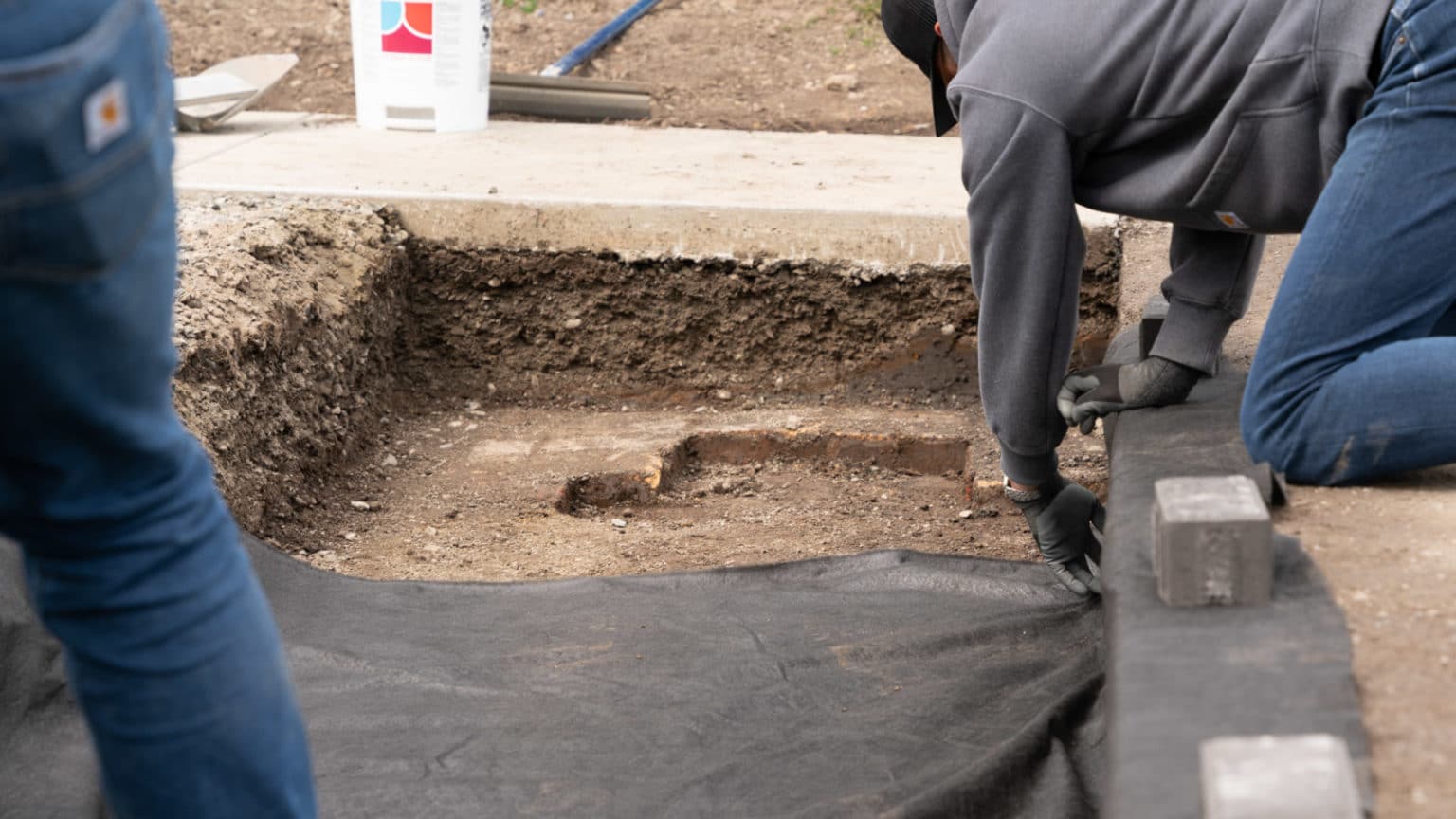
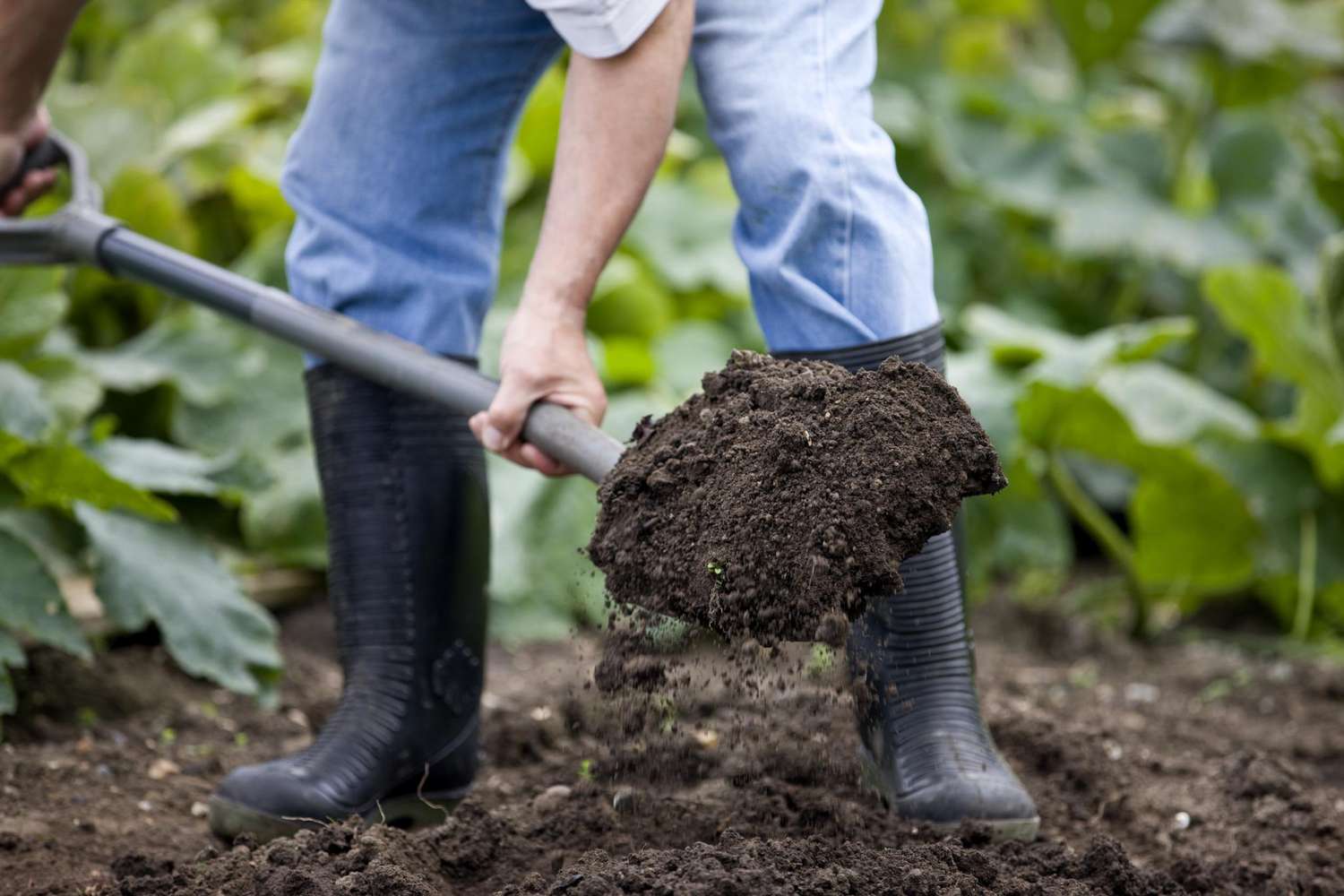
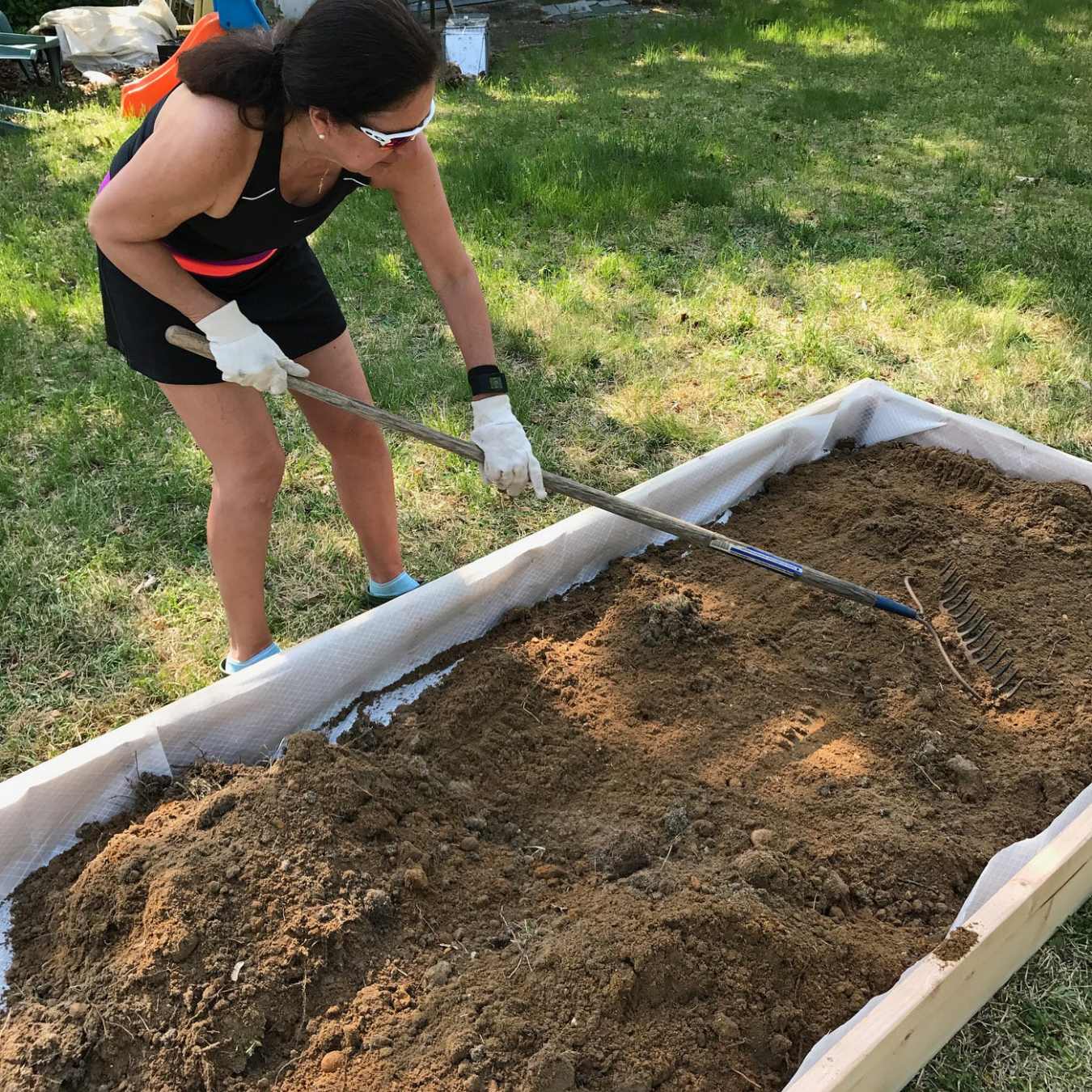
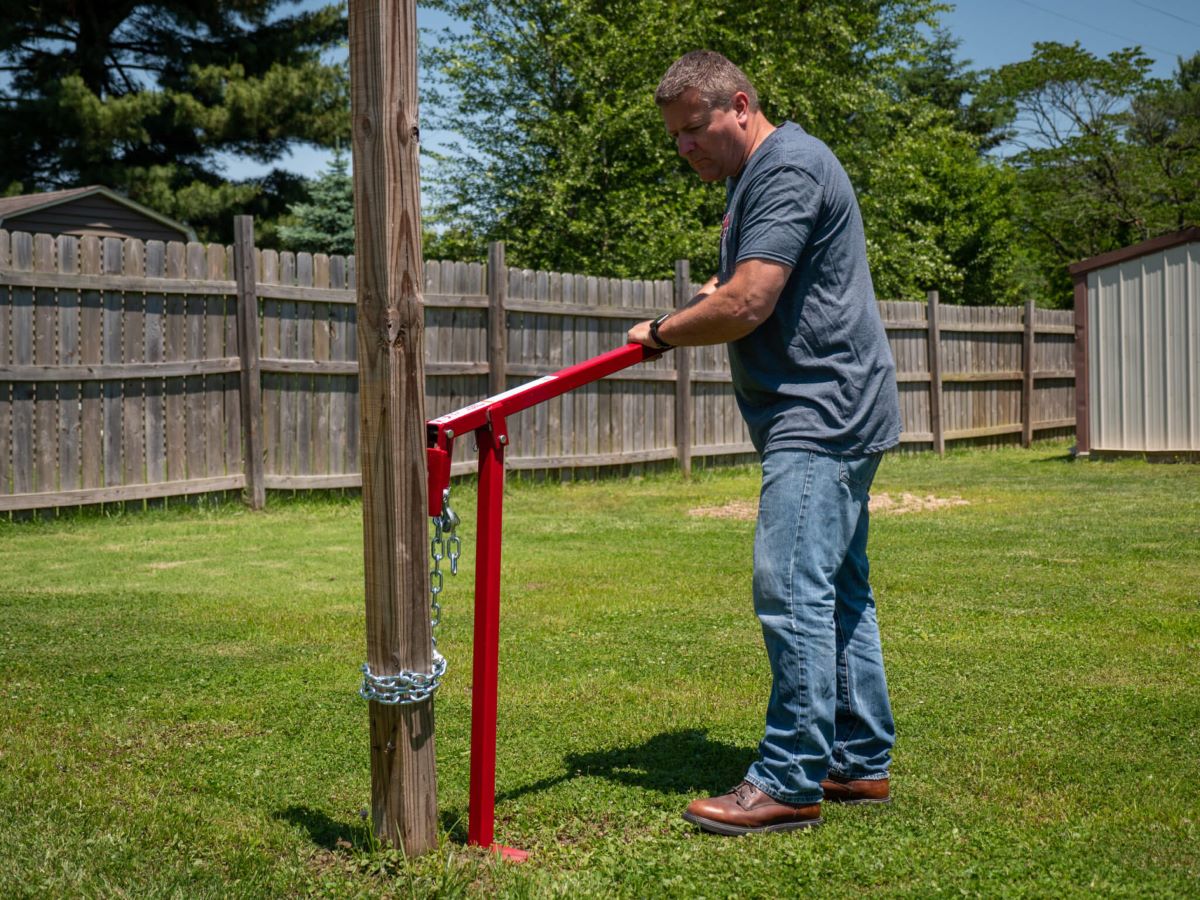
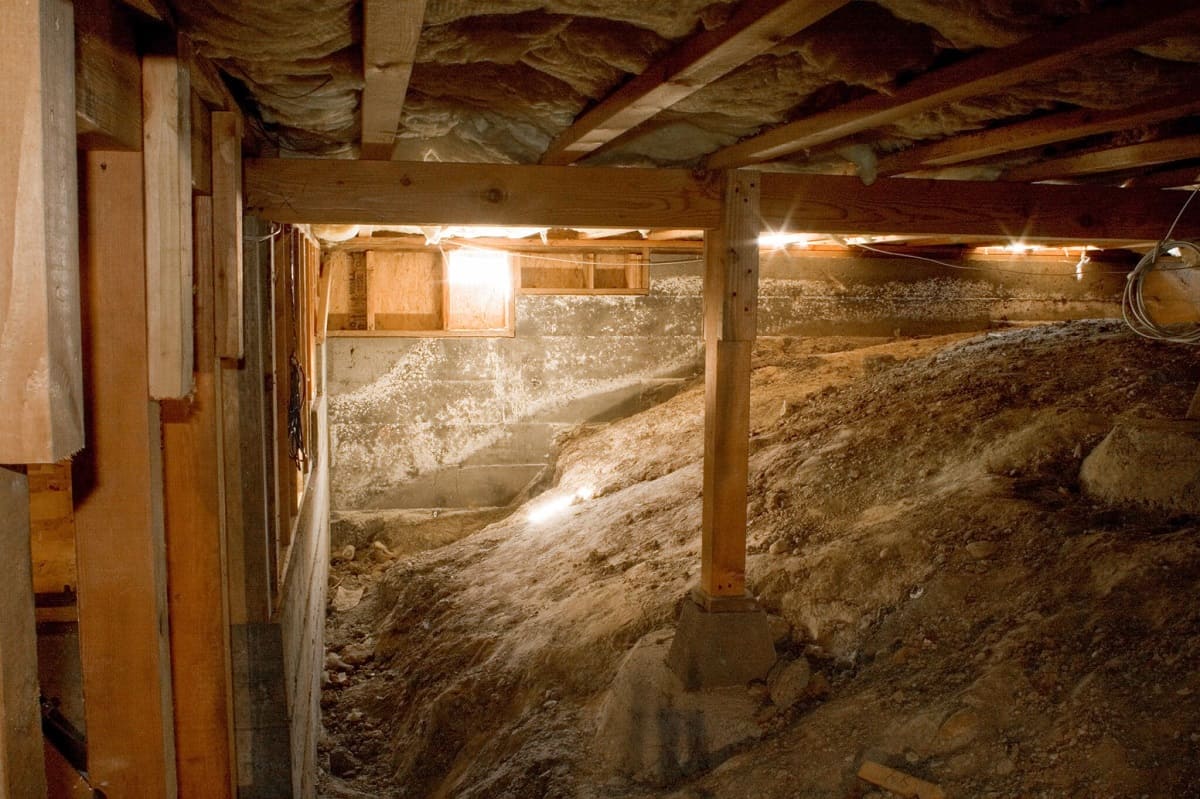
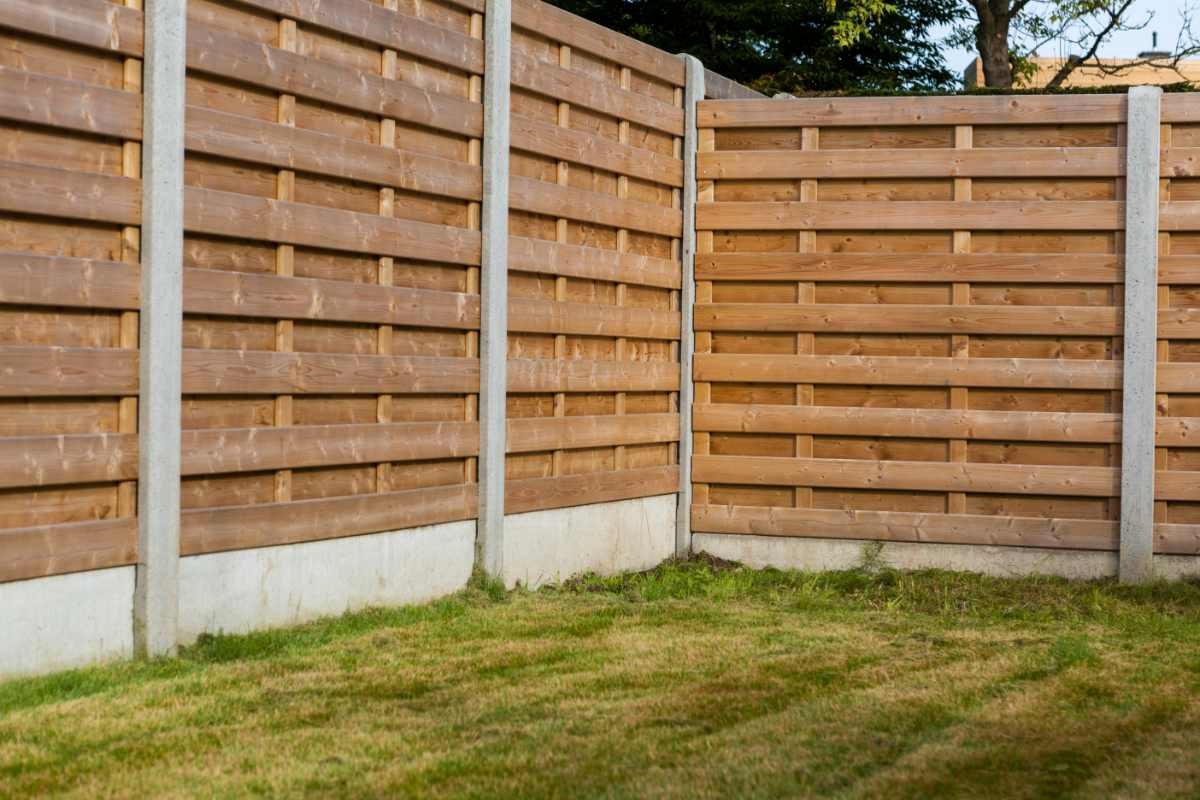
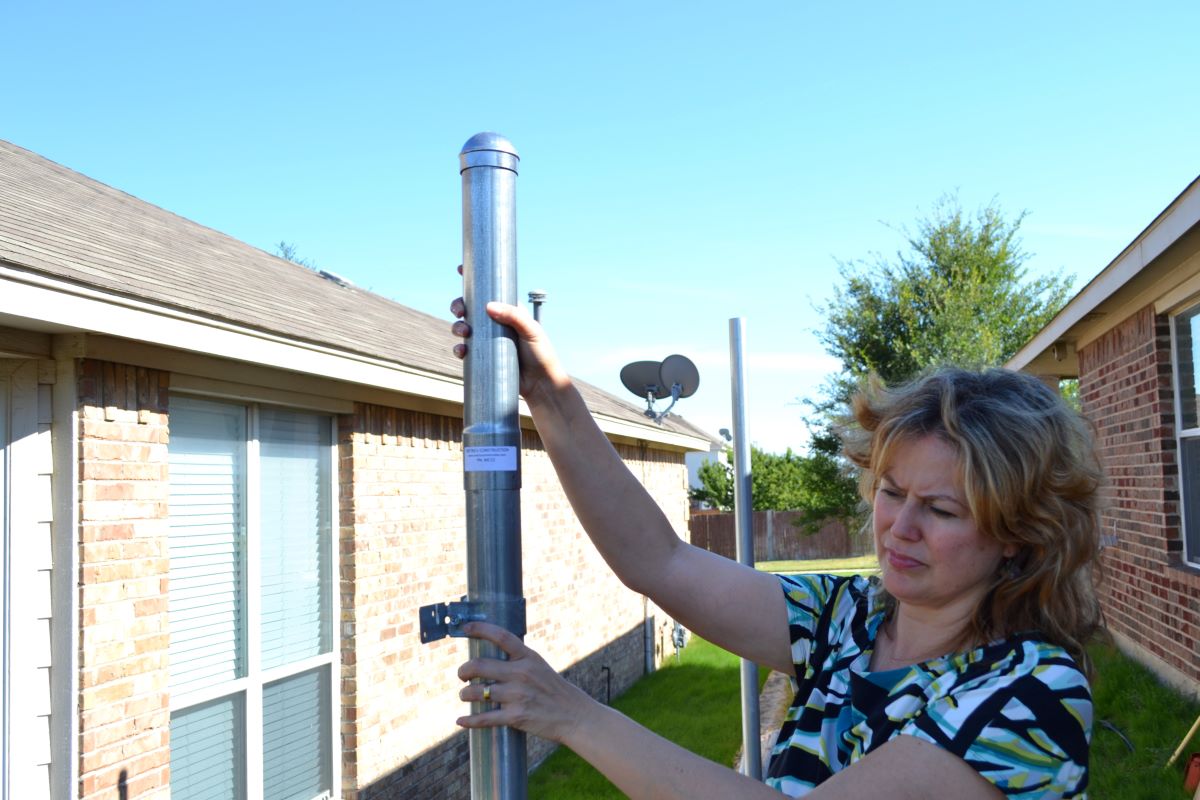
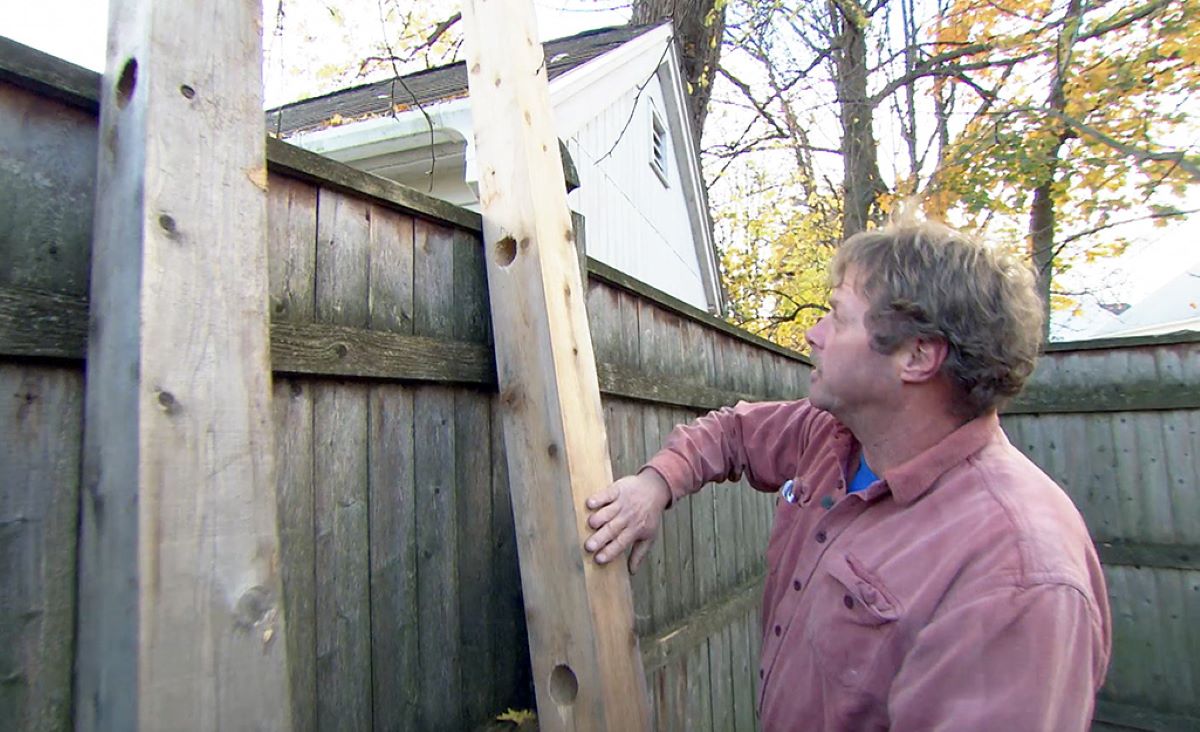
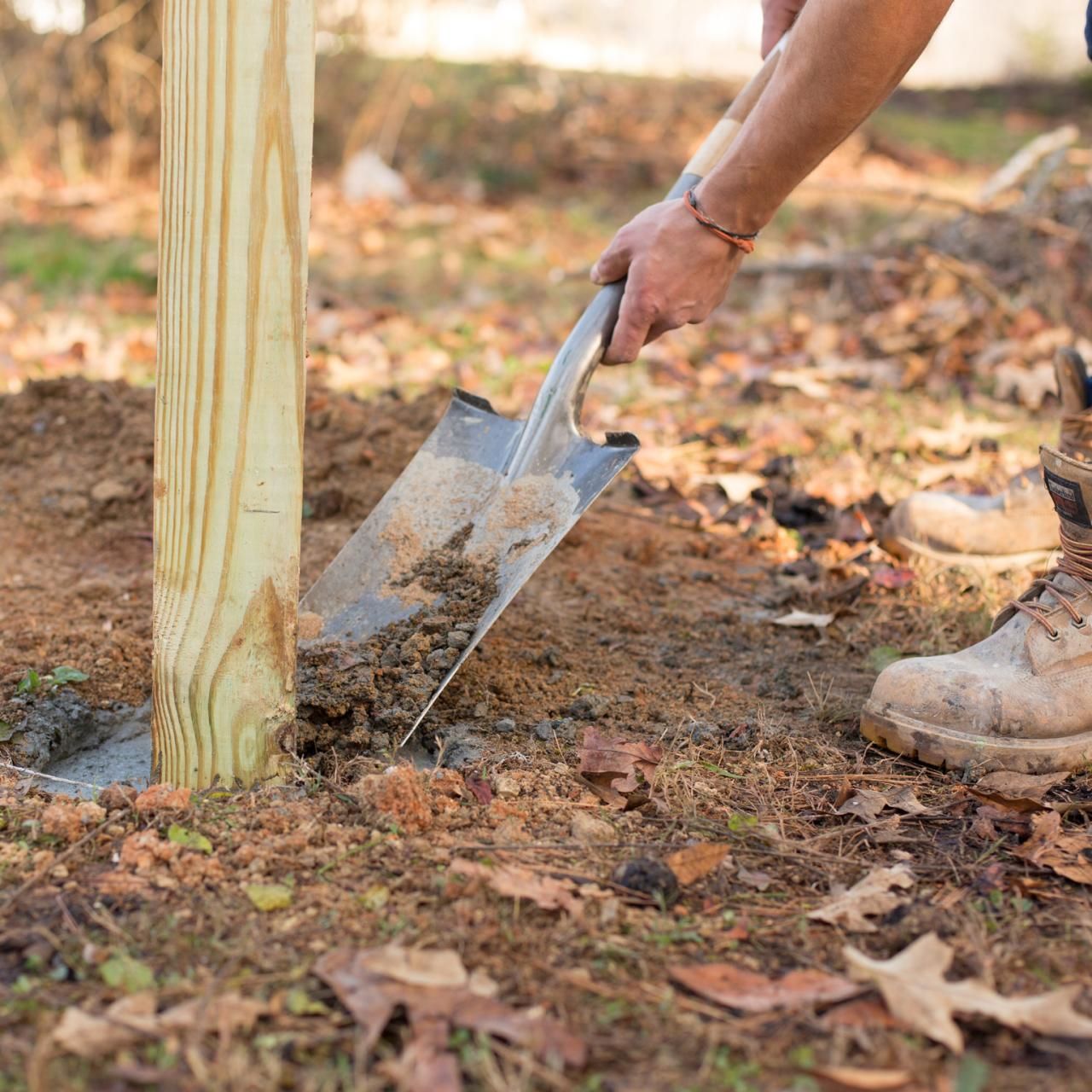
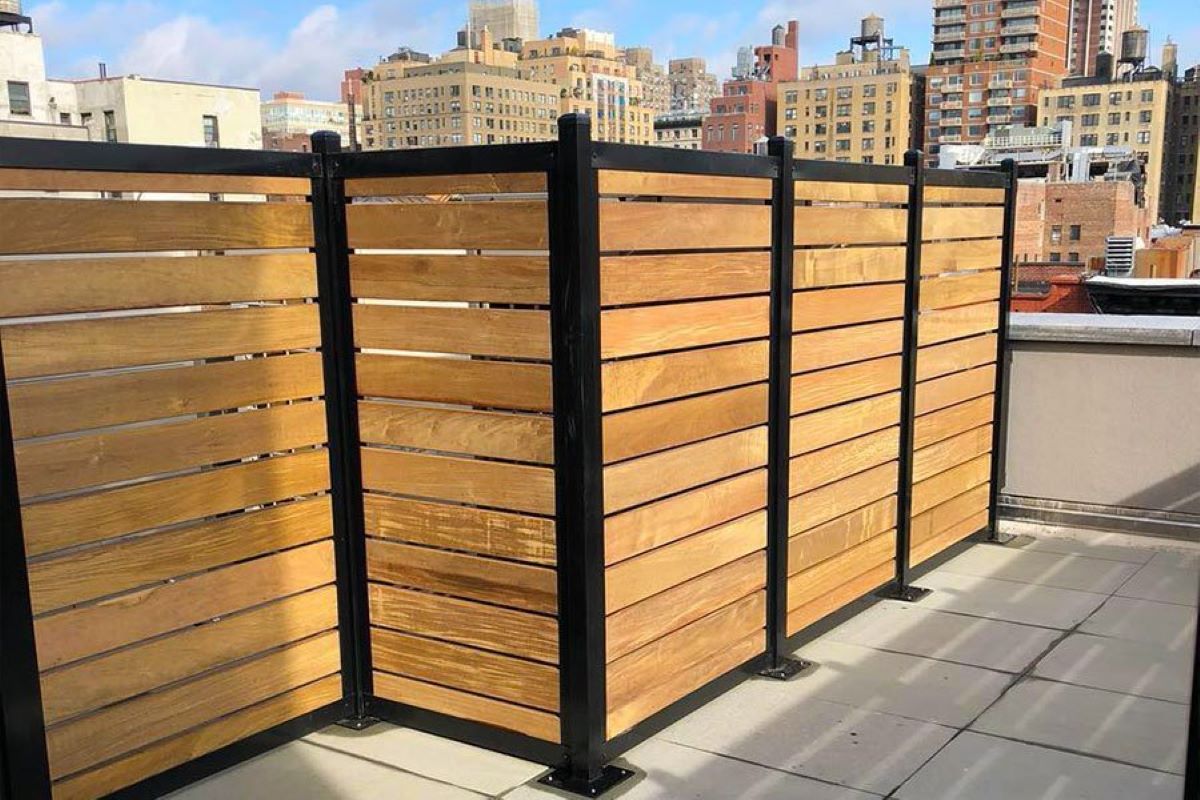
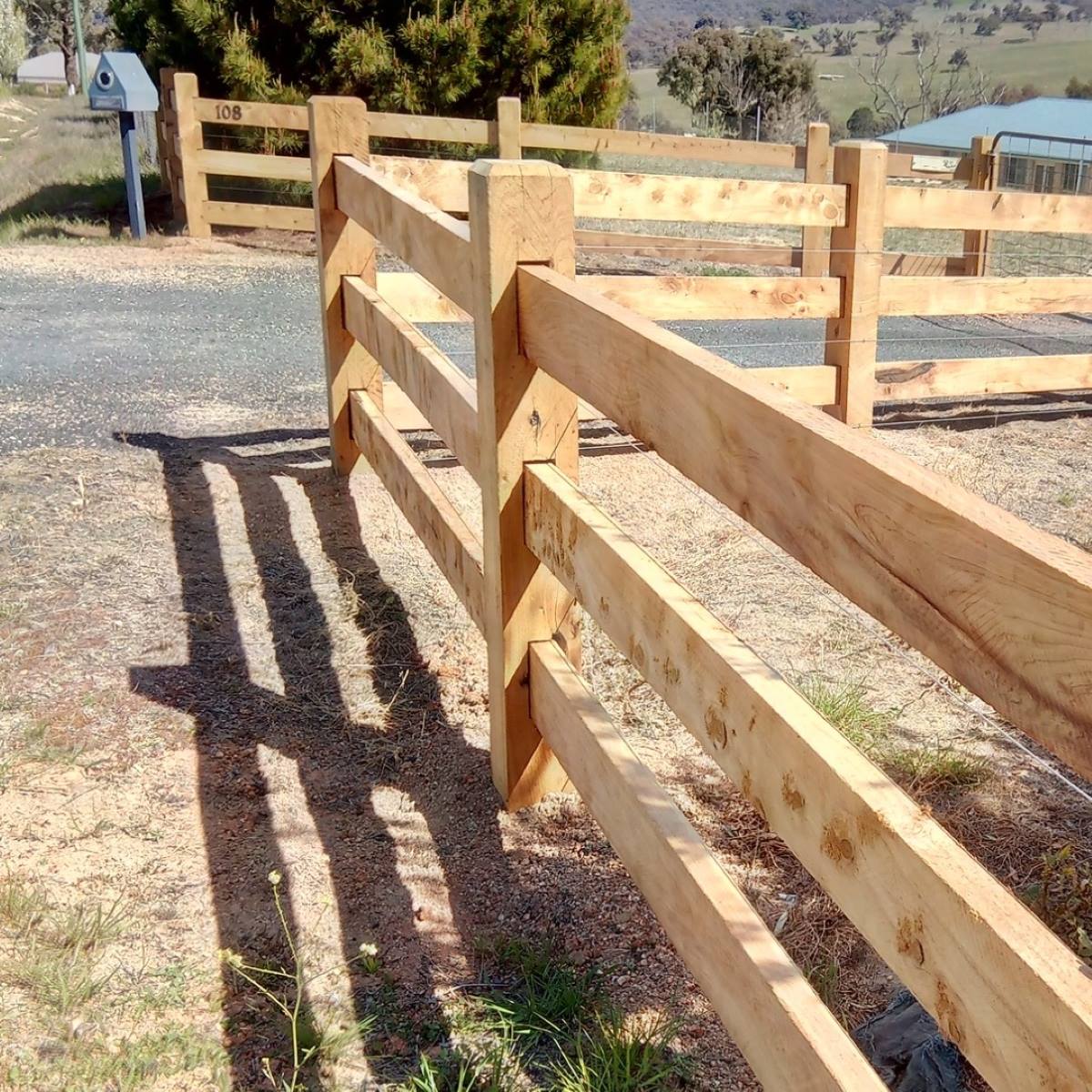


0 thoughts on “How Deep To Dig For Fence Post”